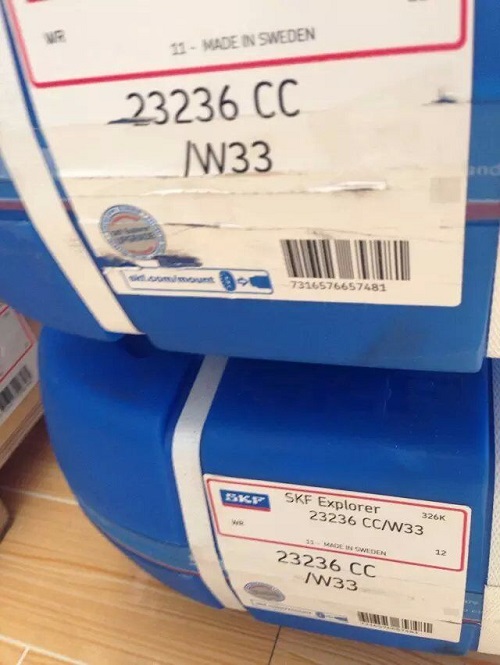Bernie Van Leeuwen, head of SKF Research and Technology Development, said that SKF research provides customers with new tools to deal with unplanned downtime.
Customers choose SKF because they need products and services that can support their reliability, sustainability and performance goals. In most of the time, this is exactly what they get. More than 90% of bearings have a longer service life than the machine on which they are installed.
In research and development, we spend a lot of time thinking about a few products that will eventually lead to service failure. Over the years, we have developed complex models that can determine how long any bearing will run under known operating conditions, and then damage its reliability through accumulated fatigue.
However, the real world is not like a laboratory. By investigating problems in this area and analyzing the bearings returned by customers, we know that when the conditions deviate from the expected situation, nine out of ten service failures will occur: lubrication, pollution, corrosion or damage caused by stray currents, for example.
Machines also need to work under harsh conditions, so such problems will never disappear. However, if we can better predict these relatively rare events, we can reduce their destructive effects. Compared to stopping expensive production lines for emergency repairs, it is much better and cheaper to replace bearings during a planned overhaul.
Today, SKF is committed to improving our predictive capabilities. Our work aims to answer three basic questions for customers:
Detection. Is there a problem with my machine, or maybe there is a problem?
diagnosis. What is the root cause of the problem?
Prognosis. Can I continue to run the machine until the next scheduled maintenance interval? Can I take any measures to maintain its health?
Our efforts to answer these questions have allowed us to enter a new field of technology. They also asked us to apply proven methods in new ways.
Take bearing testing as an example. We operate dozens of bearing test benches in laboratories around the world. Their job is to destroy our products to help us understand the failure mechanism and verify our mathematical model. The traditional method of conducting such tests is very simple. You run the rig until you find a bearing problem, then stop.
For our predictability work, we need another type of test that starts when the regular test stops. We want to understand how damage in bearings develops, and how small defects quickly develop into a major problem. This knowledge will help customers understand how long they can continue to run if the sensors on the machine detect a fault.SKF 23236 CC/W33 bearings online , pls click here :

To facilitate this new type of testing, we are building a dedicated facility at the Research and Technology Development (RTD) center in Houten, the Netherlands. The equipment in the new center is called the accelerated verification experiment bearing frame (BRAVE), which aims to replicate the various "imperfect" conditions you find in the real world. We have special drilling rigs specially designed to produce defects in bearings, for example, to corrode them, make them lack lubrication or expose them to dust or electric current. Then, we have other rigs that allow us to see how different loads and speeds affect the rate of damage spread.
Another area where we are doing a lot of work is the application of artificial intelligence and machine learning. In the past year, we have greatly increased the size and strength of the SKF AI Group. Now, we are adjusting the systems and processes of the entire organization to make better use of these functions.
For example, our latest test platform collects more data at a higher rate than its predecessors, and we store this data in the SKF cloud, so teams around the world can access it to train their algorithms and test new ideas .
We also apply automated analysis to new types of data. A good example is the ongoing project of our remanufacturing business. Steel plants use many large bearings in their material handling systems. Their size and cost make them suitable for remanufacturing.
If a faulty bearing runs for too long, the severity of the damage may mean that it cannot be remanufactured. So far, the problem is that we didn't know if the bearing was suitable for remanufacturing until the bearing reached one of our processing equipment. In order to avoid unnecessary transportation, we are training an automatic image recognition system. The customer will take photos when removing the bearing, and the system will evaluate its condition to see if it is suitable for remanufacturing or needs to be scrapped. We hope that the system will also provide customers with additional value by providing them with a report outlining the possible root causes of their bearing damage.
Hot Tags: